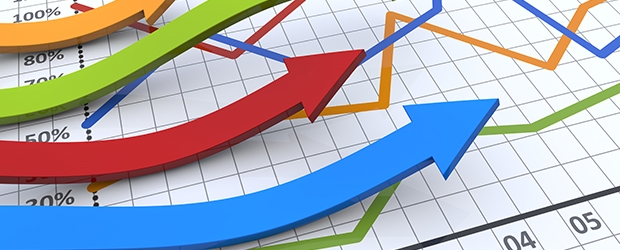
For all the speed of themilitary campaign against it,Iraq has sustained heavydamage: numerous civilian and military casualties; a battered physical infrastructure; disrupted trade; drastic political, administrative and social dislocation; and the psychological difficulties and resentments of a vanquished people adjusting to the peculiarities of life under alien rule. These grim realities promise no end of problems for postwar Iraq.
The victors – whether viewed as liberators or conquerors – have grand ideas about remaking the Iraqi economy and society within a year of the war’s end. One of the items on the Bush administration’s agenda is the establishment of a stable currency. Exactly what the cognoscenti plan to do with the currency remains a mystery, however.
To be successful, a currency reform plan must be informed by Iraq’s history, well crafted and available fast. Speedy implementation is of the essence because victors often find that good will on the part of the vanquished is apt to be shortlived.
Iraq established a central bank in 1947. Like central banks in most developing countries, the Central Bank of Iraq’s history has been replete with mismanagement, coercive stop-gap measures and, yes, the production of an unstable, unreliable currency. The Iraqi dinar has not been tradable on international markets for years. Consequently, international transactions have been possible only with foreign currencies. But access has been controlled by the Central Bank of Iraq’s advisory committee on foreign exchange. Attempts to compete with Saddam Hussein’s foreign exchange trading monopoly have been, to put it mildly, credibly deterred
Since 1979, when Mr Hussein came to power, the Iraqi dinar has collapsed. In 1979, 1 dinar was equal to Dollars 3.39. More recently, the official rate – unchanged since 1982 and available only to Mr Hussein and his cronies – has been 1 dinar to Dollars 3.22. For Iraqis outside Mr Hussein’s inner circle, the only way to obtain foreign currency has been through the black market. But the black market rate is now reported to be about 3,000 dinars to the dollar.
Central banking and unstable money were not always the norm in Iraq. A century ago, what is now Iraq was part of the Ottoman empire. The official currency of the empire was the Ottoman pound but the most widely used currency in Iraq was the Indian rupee, which was linked to the pound sterling. After the territory was captured by British forces in 1916, and removed from the Ottoman empire, the British made the Indian rupee the official currency and retired the Ottoman pound. Iraq was thus officially “rupee-ised”.
After prolonged agitation by Iraqis, Britain granted the country independence in October 1932. As part of the preparations for independence, the Iraqi currency board opened in April 1932. It issued the Iraqi dinar at par with the British pound. The board fully backed the dinar with British pound reserves and maintained its fixed exchange rate to the pound. Until it was replaced with a central bank in 1947, the currency board operated without problems.
A currency reform for Iraq must not include a central bank. Iraq’s history suggests two superior alternatives. The first option would require a return to an orthodox currency board. Designing such a system for Iraq would require discarding the model used by the Inter-national Monetary Fund in Argentina, Estonia, Lithuania and Bulgaria. All of these systems graft central banking features on to the orthodox currency board model, and, as Argentina demonstrated, the mix can be explosive.
Author Steve H. Hanke

0 responses on "The Euro Could Help Iraq’s Economic Recovery"